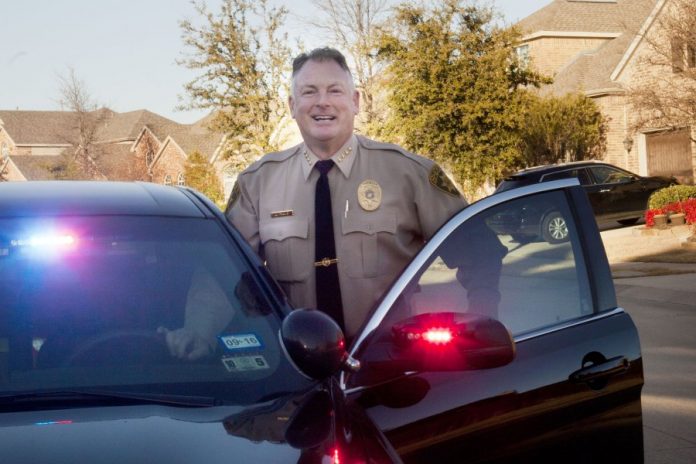
We’ve all heard the term “Distracted Driving,” and when we hear it, most of us automatically think about texting and driving. However, numerous other actions that take place in cars are also considered distracted driving, and now that school is starting, it’s critical that we remind our teenagers understand what ‘not’ to do when driving.
According to www.distraction.gov, “distracted driving is any activity that could divert a person’s attention away from the primary task of driving.” While some of the distractions listed below are more distracting than others, any distraction can result in an accident. Some of these distractions are listed below:
- Texting
- Using a cell phone or smartphone
- Eating and drinking
- Talking to passengers
- Grooming
- Reading, including maps
- Using a navigation system
- Watching a video
- Adjusting a radio, CD player or MP3 player
The most alarming distraction is, of course, text messaging because it requires visual, manual, and cognitive attention from the driver. People have a tendency to think they can multitask better than they can. Teenagers are especially likely to do this because, often, they haven’t had the experience adults have. They believe they can talk on their phone, text, apply make-up, or do any other distracting activity while driving. However, according to the National Highway Traffic Safety Administration (NHTSA):
- In 2014, 3,179 people were killed and approximately 431,000 were injured in motor vehicle crashes involving a distracted driver. (NHTSA)
- Drivers who use handheld devices are four times as likely to be involved in a serious crash. (Insurance Institute for Highway Safety)
- The percentage of driver’s text-messaging or visibly manipulating handheld devices increased from 1.7 percent in 2013 to 2.2 percent in 2014. Since 2007, young drivers (age 16 to 24) have been observed manipulating electronic devices at higher rates than older drivers. (NHTSA)
- Ten percent of all drivers 15 to 19 years old involved in fatal crashes were reported as distracted at the time of the crashes. This age group has the largest proportion of drivers who were distracted at the time of the crashes. (NHTSA)
As teen drivers age, they realize how dangerous this practice is. Unfortunately, the realization often comes after the death of a friend, or family member. This time of year, it is imperative that we review the dangers of distracted driving, and make sure your teenagers understand how dangerous it can be.
With the technology available today, we have all become accustomed to having everything at our fingertips all the time, and people overestimate their ability to do two or more things at once. They think because they’ve “memorized where the numbers are on the phone,” or because they’re only going to look at or send one quick text, it’s okay. Nothing could be further from the truth.
If that’s the case for your teenagers, it’s good to point out that according to a 2014 special article in the New England Journal of Medicine, the risk of a crash or near-crash among novice drivers increased with the performance of many secondary tasks, including texting and dialing cell phones. Driving is an activity that requires your full attention and focus in order to keep yourself and others safe.








.jpg)








